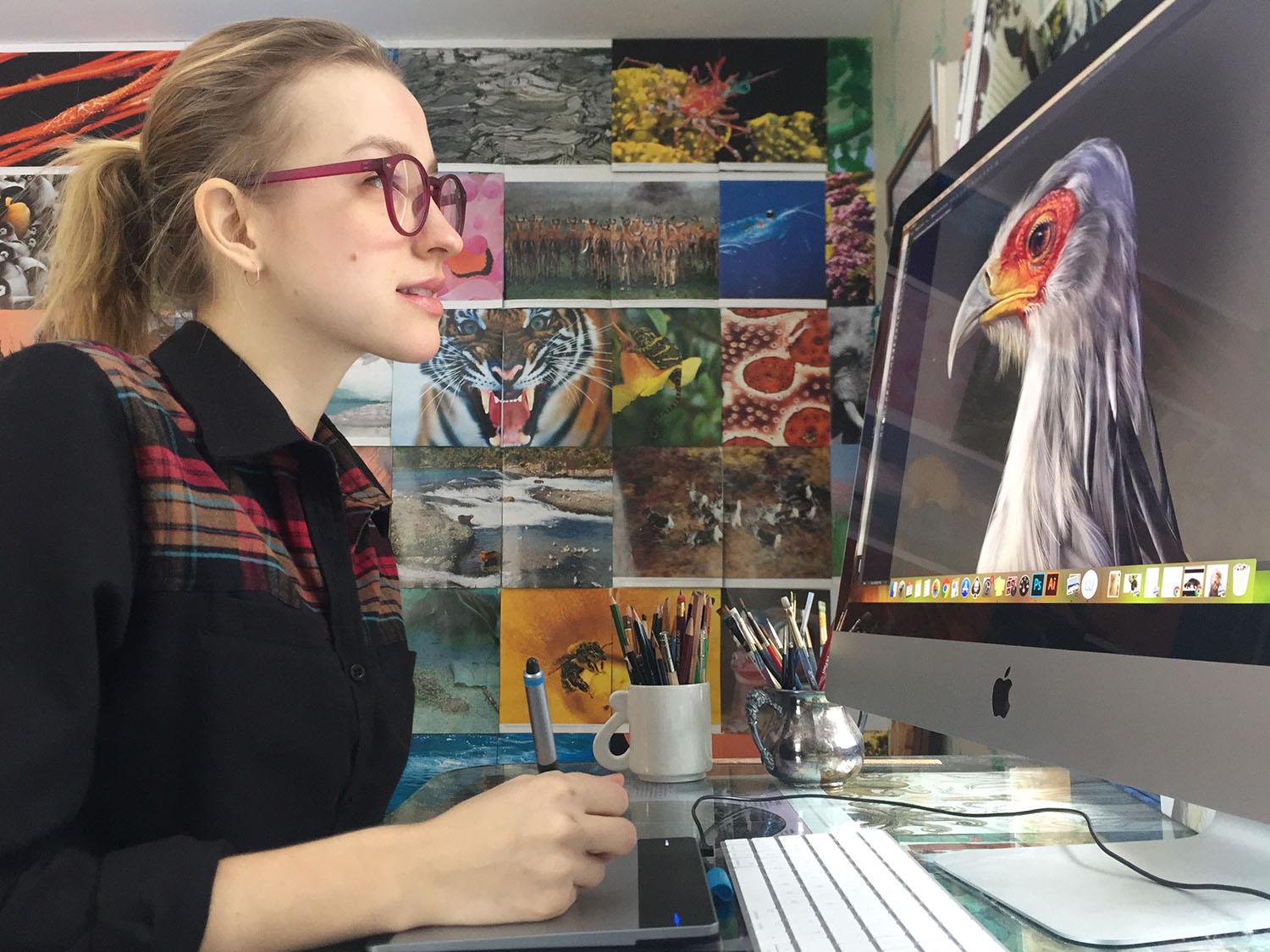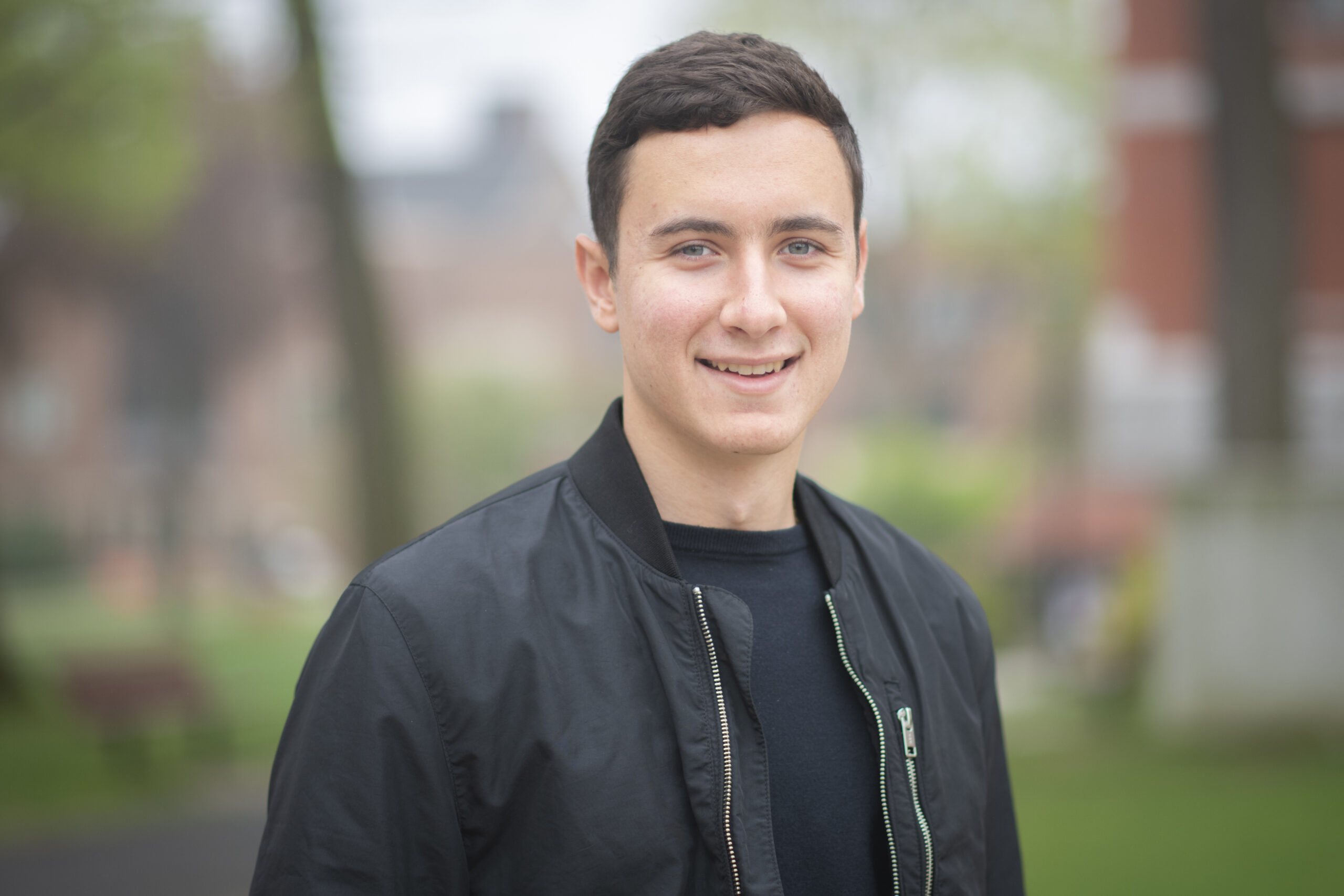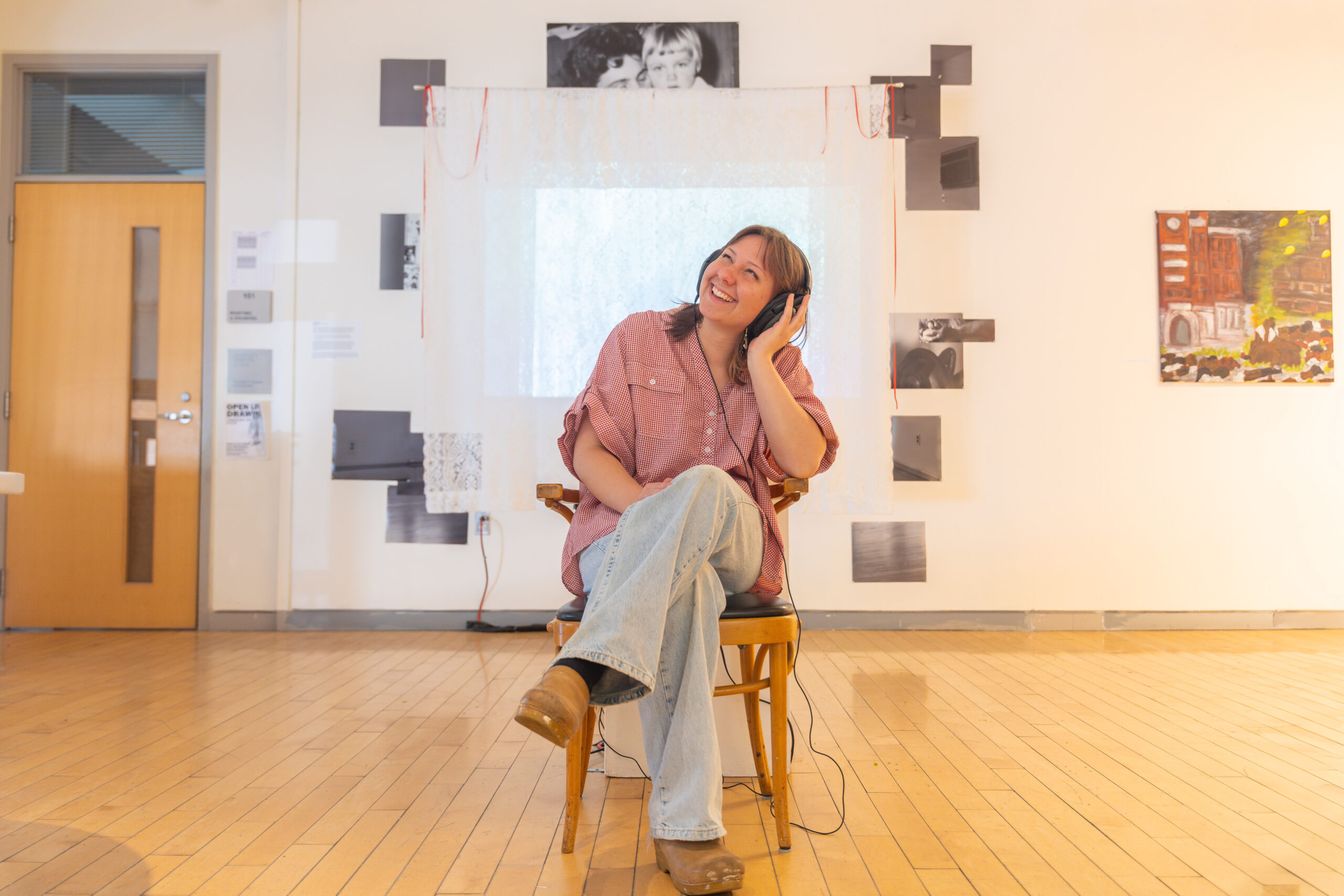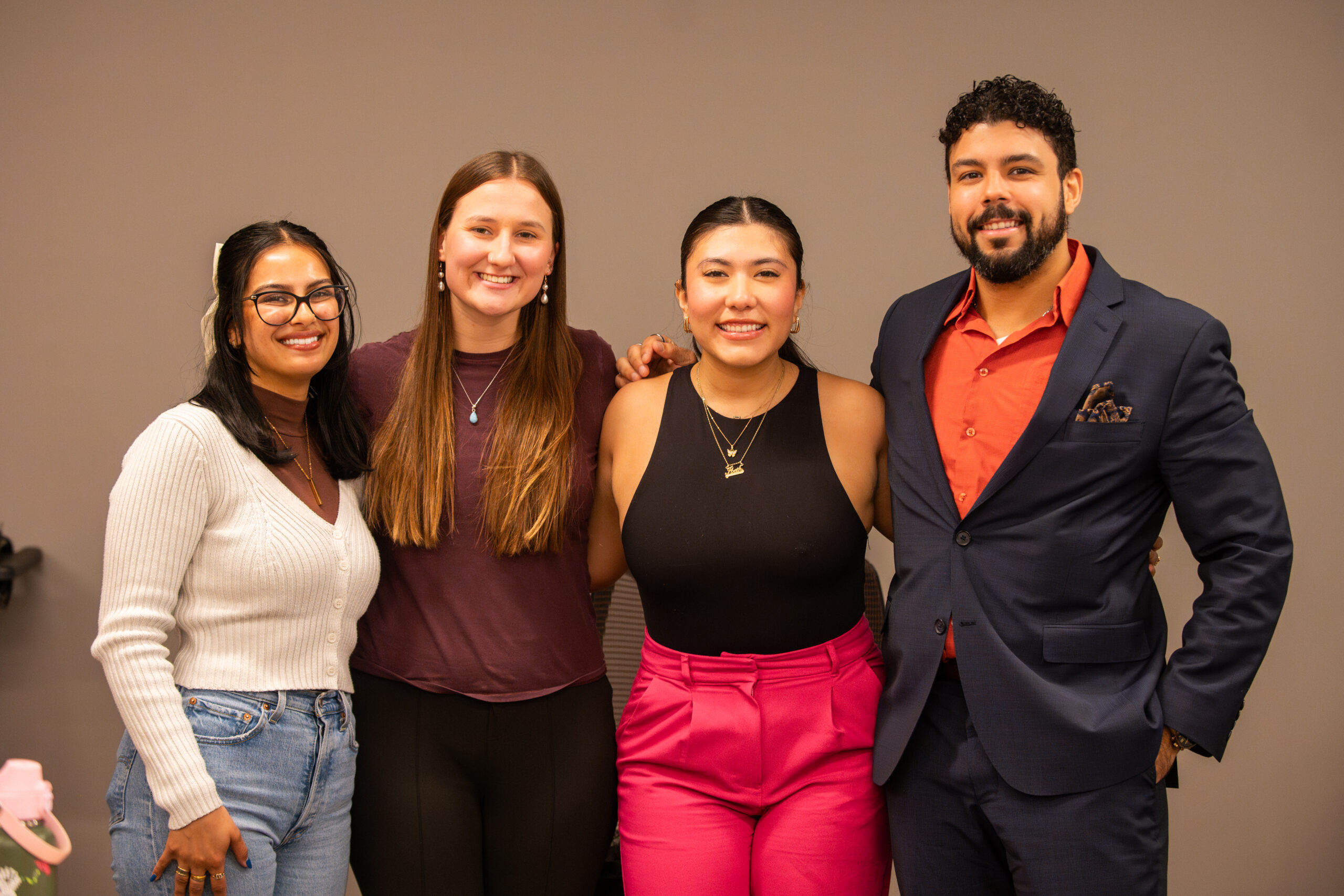Illustrator merges her artistic and scientific passions
“Clark showed me how interconnected all fields of study truly are, and how creativity and artistry aren’t exclusive from an interest in science and scholarship,” says Juliana Spahr ’14.
As a student at Clark, Juliana Spahr ’14 declared a major and a minor that seemingly had no connection. Then she connected them.
Today, Spahr is a scientific illustrator who merges the skills, lessons, and inspirations she gained as an art history major and global environmental studies minor to produce work that appears in print and online publications across the globe.
Four years after graduating from Clark summa cum laude, Spahr earned her master’s degree in scientific illustration from the prestigious Zuyd University of Applied Sciences, whose scientific illustration program accepts only seven students per year.
“During my master’s program, I dissected and illustrated animal and human specimens, performed 3D facial reconstructions, and wrote a 40-page master’s thesis,” Spahr says. “My thesis focused on the biomimicry of the unique traits of the Scandinavian brown bear’s hibernating physiology, and how those traits could possibly be used to keep humans who are in space or on bedrest healthy.”
Spahr has lectured in Europe about the benefits of using scientific illustration in journal articles and for assisting with public outreach at universities and research institutes.
Below, Spahr talks more about her job, and how Clark has influenced her career.
Why did you choose to attend Clark?
I loved that the students at Clark didn’t act entitled. They were friendly, curious, and open to speak with prospective students. I also felt that the students were engaged with the wider community around Clark. Despite not wanting to live in a city, I decided that the Clark campus felt like exactly the right place for me.
Why did you choose your major and minor?
I chose an art history major because the paintings, architecture, and sculpture that I studied inspired my own paintings and works. Art history is the foundation for my own illustration. Being able to talk about art within a historical context elevates my conversations with a lot of clients and other illustrators.
What was even more formative was my minor in global environmental science. The classes like Environmental Ethics and Arctic Systems Science opened my eyes to the world around me and taught me about how important it is for humanity to become responsible stewards of our earth.
What did you like best about being a student at Clark?
Clark showed me how interconnected all fields of study truly are, and how creativity and artistry aren’t exclusive from an interest in science and scholarship. The common threads between environmental science, history, art, and civic engagement could be brought together to have a greater impact in any subject. At Clark I was encouraged to approach scientific questions more creatively than I think most schools would have allowed.
Who influenced you at Clark?
Professor Toby Sisson molded and reshaped my artistic process and my way of looking at the world. She helped me pare down my process and build it up from the start again in a more accurate and thoughtful way.
I took Professor Sarah Buie’s Sacred Space class during my senior year, and no other class had such a powerful effect on me. Professor Buie opened her students up to earnest conversations about the world, and encouraged us to have emotional and thoughtful discussions.
Professor Karen Frey taught Arctic Systems Science. Studying current climate information and affected species in the Arctic helped make climate change even more “real,” which both inspired and scared me.
What kind of work did you do after graduation?
Between college and graduate school, I worked full time as an assistant for a professional artist. In my scant spare time, I ran a small brand that sold fabrics and shoes with endangered and threatened species prints. I also taught private art lessons to seniors. For extra money, I painted portraits of people’s pets. I waited [to go to graduate school] because I was afraid of making a rash decision about where and what to go to graduate school for. It was a bonus that I could work full time and save money for school while I was puzzling out my future.
Describe your job.
I work full time as a freelance scientific illustrator at my company, SciVisuals.com. I create illustrations for books, journal articles, presentations, and textbooks for scientists, doctors, and veterinarians. My work has been printed in journals, documentaries, and presentations around the world.
How did your time at Clark help prepare you for life after Clark?
Clark reminded me there are more curious and engaged humans around me than I had ever realized. It was a nurturing atmosphere that showed me how a life filled with ongoing curiosity and investigation is key to happiness.
What advice would you give a college student who wants to go into your field or profession?
Sometimes, taking the circuitous route is okay! I am so happy that I didn’t find exactly what I wanted to do when I was at Clark. Taking time off to think about what inspired me led me to a career in a niche that fits me perfectly. It’s okay to stop and think about what is most important to you, and what career would be the most fulfilling for you personally.
To view ongoing examples of Spahr’s work, visit her Instagram: @science_visuals.





